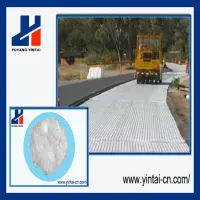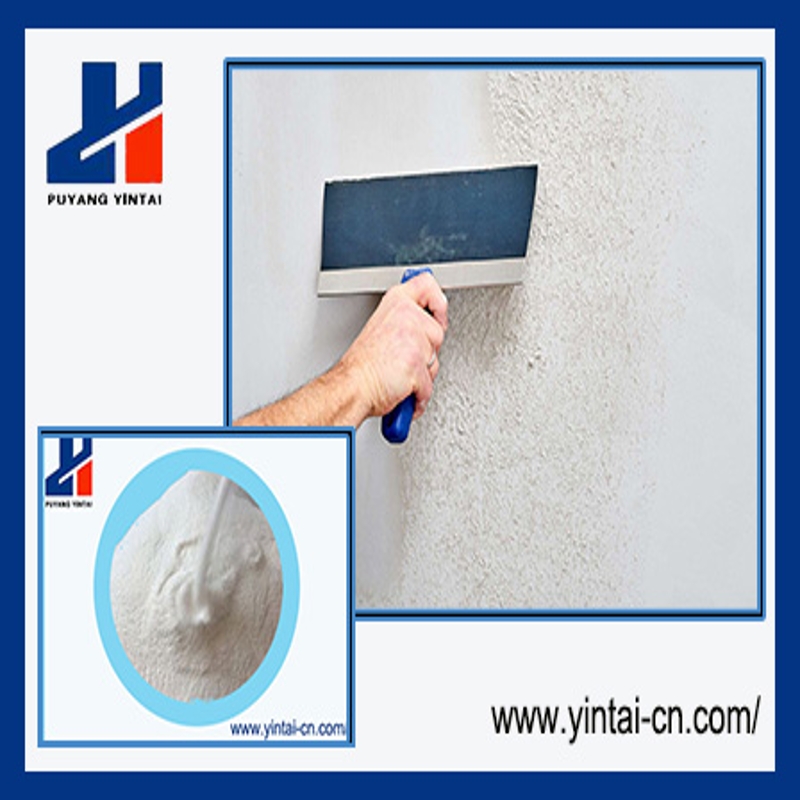-
Categories
-
Pharmaceutical Intermediates
-
Active Pharmaceutical Ingredients
-
Food Additives
- Industrial Coatings
- Agrochemicals
- Dyes and Pigments
- Surfactant
- Flavors and Fragrances
- Chemical Reagents
- Catalyst and Auxiliary
- Natural Products
- Inorganic Chemistry
-
Organic Chemistry
-
Biochemical Engineering
- Analytical Chemistry
- Cosmetic Ingredient
-
Pharmaceutical Intermediates
Promotion
ECHEMI Mall
Wholesale
Weekly Price
Exhibition
News
-
Trade Service
Recently, Toyota reported that Toyota's plug-in version of the new Prius has added a solar roof, which can charge the car and improve fuel efficiency
by 10%.
While the Prius has a 19-year history, Toyota doesn't seem too interested
in plug-in technology.
As of now, the plug-in version of the Prius has only been updated to the second generation, and the second generation model will not be available
in Japan and the United States until the end of the year.
(This car is called "Prius PHV" in Japan, hereinafter referred to as "Prius PHV")
The Prius PHV is equipped with an 8.
8kWh battery pack that can be fully charged
in 5.
5 hours with a Japanese 110V home power supply.
If charging with a 240V power supply, the charging time is cut in half
.
In pure electric mode, it has a range of 35 km and a top speed of 135 km / h
.
In addition, the fuel tank capacity of the Prius PHV is 43L, and it can run up to 960 kilometers
with a full charge.
To make the Prius PHV more "green", Toyota added a solar panel
to the roof.
In fact, as early as 2009, there were Japanese media reports: "Toyota is secretly developing solar technology, and they plan to spend N years to develop a car
that only relies on solar energy.
" But Toyota executives didn't respond at
the time.
A Prius with solar panels on its back feels a little familiar
.
Because Toyota also had a similar configuration on the third-generation Prius, but the level of technology was limited at that time, and the electricity generated by the solar panels could only ventilate
the car.
But the solar panels on the Prius PHV car have a much
higher power generation efficiency.
It can power many electronic devices in the car while driving, including reading lights, windows and air conditioning
.
The most important point is that it can charge
the battery pack while parking.
According to Toyoshima, chief engineer of the Prius, the installation of solar panels can improve fuel economy
by up to 10%.
(This figure is estimated to be calculated when the sun shines directly and there is no cloudy day or smog
.
) At the same time, since the fuel consumption of the fourth-generation Prius is only 2L, the fuel efficiency improvement is reflected in the percentage)
A 10% improvement in fuel economy is better than nothing
.
However, such designs cannot pass safety regulations in the United States, because solar panels are installed on tempered glass, which can easily cause glass to break
in the event of an accident.
Currently, Toyota is looking for a way to solve this problem
.
So at present, Prius PHVs
with solar panels can only be bought in Europe and Japan.
In fact, Toyota is not the first to add solar panels to the Prius, because as early as 10 years ago, a Canadian engineer named Steve Lapp modified his first generation Prius
.
He installed solar panels on the roof of the car, and the electricity generated was stored in
an additional lead-acid battery.
At the same time, the lead storage battery is connected
to the original Prius nickel-metal hydride battery.
After being boosted by a transformer, the solar power unit can charge
the original Prius battery at a maximum current of 2A.
Since the connection point of the two batteries is on the switch side of the original battery, the lead battery can only form a path with the original battery to start charging
when the engine is running to charge the original battery.
This change is simpler, less costly and less complex than other options
.
Although it is only a DIY device, according to the owner himself, the fuel consumption of this car is 4.
0L per 100 kilometers, which is about 10%
lower than the original 4.
5L.
Of course, the owner's own DIY device is definitely inferior to vehicle-level products
in terms of stability and safety.
From an energy point of view, solar energy is indeed inexhaustible
.
Among them, "how to use" is a big problem, solar cars look very good, but the disadvantages are very prominent, that is, the efficiency is low and the manufacturing process of the solar device itself will also produce pollution
.
In essence, this is no longer something that car companies can solve, but a problem
faced by the entire photovoltaic power generation industry.
For car companies, the use of solar energy technology is to enhance the corporate image on the one hand, and to increase the selling point
of the car on the other hand.
But for consumers, the additional cost and fuel savings of solar installations are not cost-effective for a long time
.
Recently, Toyota reported that Toyota's plug-in version of the new Prius has added a solar roof, which can charge the car and improve fuel efficiency
by 10%.
While the Prius has a 19-year history, Toyota doesn't seem too interested
in plug-in technology.
As of now, the plug-in version of the Prius has only been updated to the second generation, and the second generation model will not be available
in Japan and the United States until the end of the year.
(This car is called "Prius PHV" in Japan, hereinafter referred to as "Prius PHV")
The Prius PHV is equipped with an 8.
8kWh battery pack that can be fully charged
in 5.
5 hours with a Japanese 110V home power supply.
If charging with a 240V power supply, the charging time is cut in half
.
In pure electric mode, it has a range of 35 km and a top speed of 135 km / h
.
In addition, the fuel tank capacity of the Prius PHV is 43L, and it can run up to 960 kilometers
with a full charge.
To make the Prius PHV more "green", Toyota added a solar panel
to the roof.
In fact, as early as 2009, there were Japanese media reports: "Toyota is secretly developing solar technology, and they plan to spend N years to develop a car
that only relies on solar energy.
" But Toyota executives didn't respond at
the time.
A Prius with solar panels on its back feels a little familiar
.
Because Toyota also had a similar configuration on the third-generation Prius, but the level of technology was limited at that time, and the electricity generated by the solar panels could only ventilate
the car.
But the solar panels on the Prius PHV car have a much
higher power generation efficiency.
It can power many electronic devices in the car while driving, including reading lights, windows and air conditioning
.
The most important point is that it can charge
the battery pack while parking.
According to Toyoshima, chief engineer of the Prius, the installation of solar panels can improve fuel economy
by up to 10%.
(This figure is estimated to be calculated when the sun shines directly and there is no cloudy day or smog
.
) At the same time, since the fuel consumption of the fourth-generation Prius is only 2L, the fuel efficiency improvement is reflected in the percentage)
A 10% improvement in fuel economy is better than nothing
.
However, such designs cannot pass safety regulations in the United States, because solar panels are installed on tempered glass, which can easily cause glass to break
in the event of an accident.
Currently, Toyota is looking for a way to solve this problem
.
So at present, Prius PHVs
with solar panels can only be bought in Europe and Japan.
In fact, Toyota is not the first to add solar panels to the Prius, because as early as 10 years ago, a Canadian engineer named Steve Lapp modified his first generation Prius
.
He installed solar panels on the roof of the car, and the electricity generated was stored in
an additional lead-acid battery.
At the same time, the lead storage battery is connected
to the original Prius nickel-metal hydride battery.
After being boosted by a transformer, the solar power unit can charge
the original Prius battery at a maximum current of 2A.
Since the connection point of the two batteries is on the switch side of the original battery, the lead battery can only form a path with the original battery to start charging
when the engine is running to charge the original battery.
This change is simpler, less costly and less complex than other options
.
Although it is only a DIY device, according to the owner himself, the fuel consumption of this car is 4.
0L per 100 kilometers, which is about 10%
lower than the original 4.
5L.
Of course, the owner's own DIY device is definitely inferior to vehicle-level products
in terms of stability and safety.
From an energy point of view, solar energy is indeed inexhaustible
.
Among them, "how to use" is a big problem, solar cars look very good, but the disadvantages are very prominent, that is, the efficiency is low and the manufacturing process of the solar device itself will also produce pollution
.
In essence, this is no longer something that car companies can solve, but a problem
faced by the entire photovoltaic power generation industry.
For car companies, the use of solar energy technology is to enhance the corporate image on the one hand, and to increase the selling point
of the car on the other hand.
But for consumers, the additional cost and fuel savings of solar installations are not cost-effective for a long time
.







